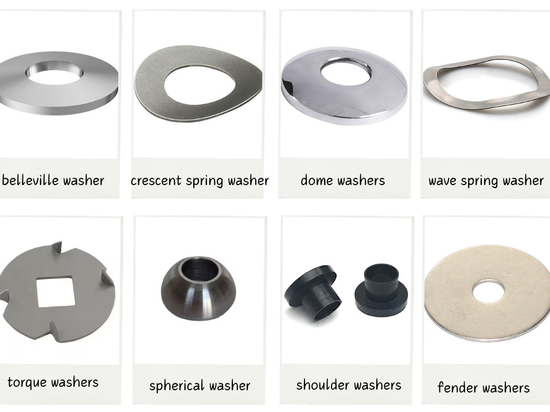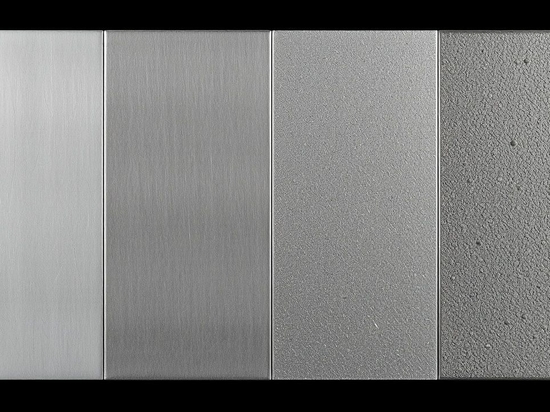
#Industry News
What Is Anodized Aluminum?
Precautions For Anodizing Aluminum
Anodizing aluminum is a method of treating the aluminum surface by electrochemical methods to form an oxide layer. In this process, aluminum is used as an anode and immersed in an electrolytic cell filled with an appropriate electrolyte. Direct current is passed through the electrolytic cell; under the action of the current, a dense and complex oxide layer is formed on the aluminum surface. This oxide layer not only enhances the corrosion resistance and hardness of aluminum, but also improves its appearance.
In order to ensure the quality of the oxide film and avoid common problems in the aluminum anodizing process, the following points should be noted:
1. Pretreatment
The aluminum surface must be thoroughly cleaned before anodizing to remove oil, oxides and other impurities. Standard cleaning methods include alkaline cleaning and acid cleaning.
2. Selection and maintenance of electrolyte
Common electrolytes include sulfuric acid, oxalic acid, chromic acid, etc. Please choose a suitable electrolyte according to specific needs.
Strictly control the concentration of the electrolyte and keep it within the specified range to ensure effective anodizing.
Control the electrolyte temperature, generally between 15-25℃, to avoid excessively high or low temperatures that have an adverse effect on the anodizing process.
Properly stir the electrolyte to ensure its uniformity.
3. Control of the anodizing process
During the anodizing process, strictly control the current density within the specified range to ensure uniform oxide film. Control the anodizing time according to the required film thickness. Maintain a constant voltage to obtain a stable oxide film.
4. Post-treatment
If dyeing is required, select the appropriate dye and dyeing process to ensure uniform coloring.
After anodizing, sealing treatment is required to enhance the corrosion resistance and wear resistance of the oxide film. Standard sealing methods include hot water sealing, steam sealing and chemical sealing.
After sealing, clean the aluminum thoroughly to remove any residual chemicals and then dry it.
5. Quality inspection
Including film thickness measurement, adhesion test, corrosion resistance test, etc.
The aluminum anodizing process requires strict control and meticulous operation to ensure a high-quality oxide film. Pretreatment, electrolyte selection and maintenance, anodizing process control, post-treatment and quality inspection are key steps. Paying attention to these precautions can effectively avoid common problems and improve the performance and life of anodized aluminum.







